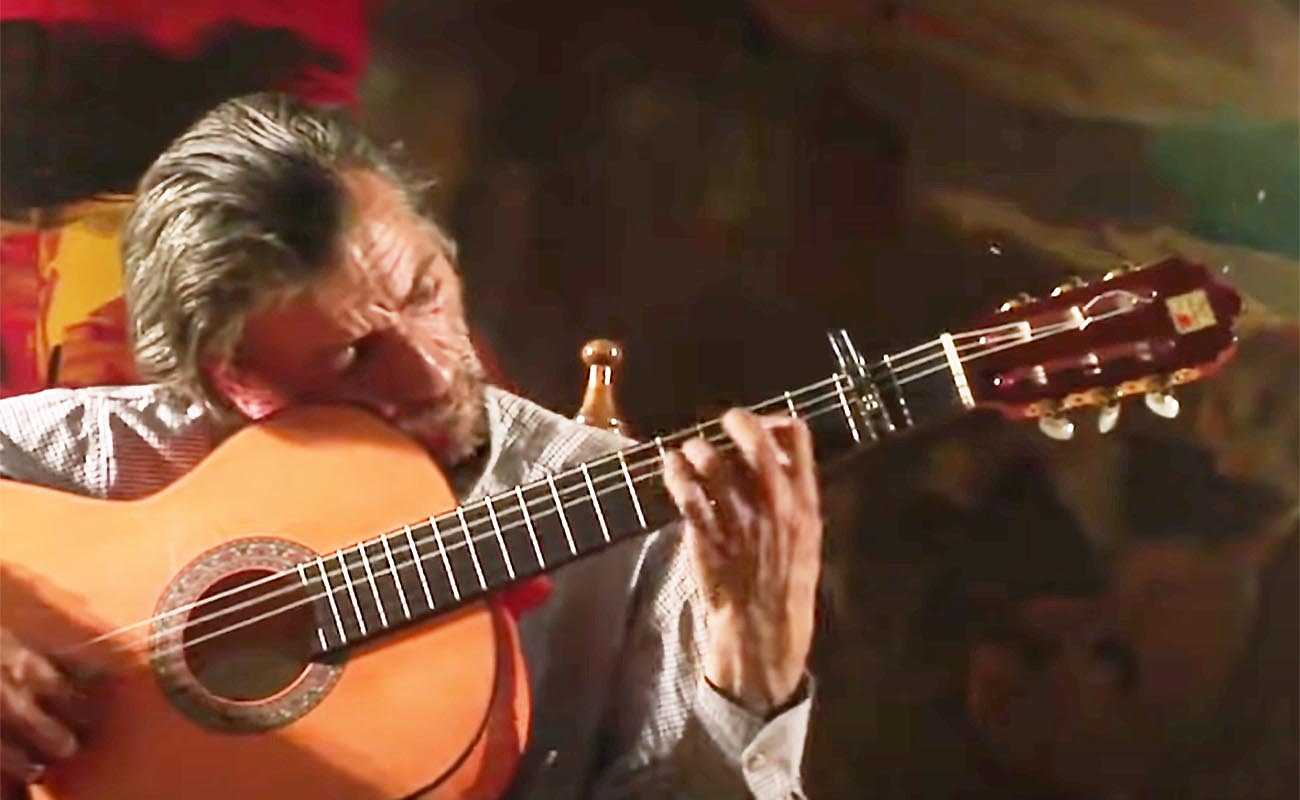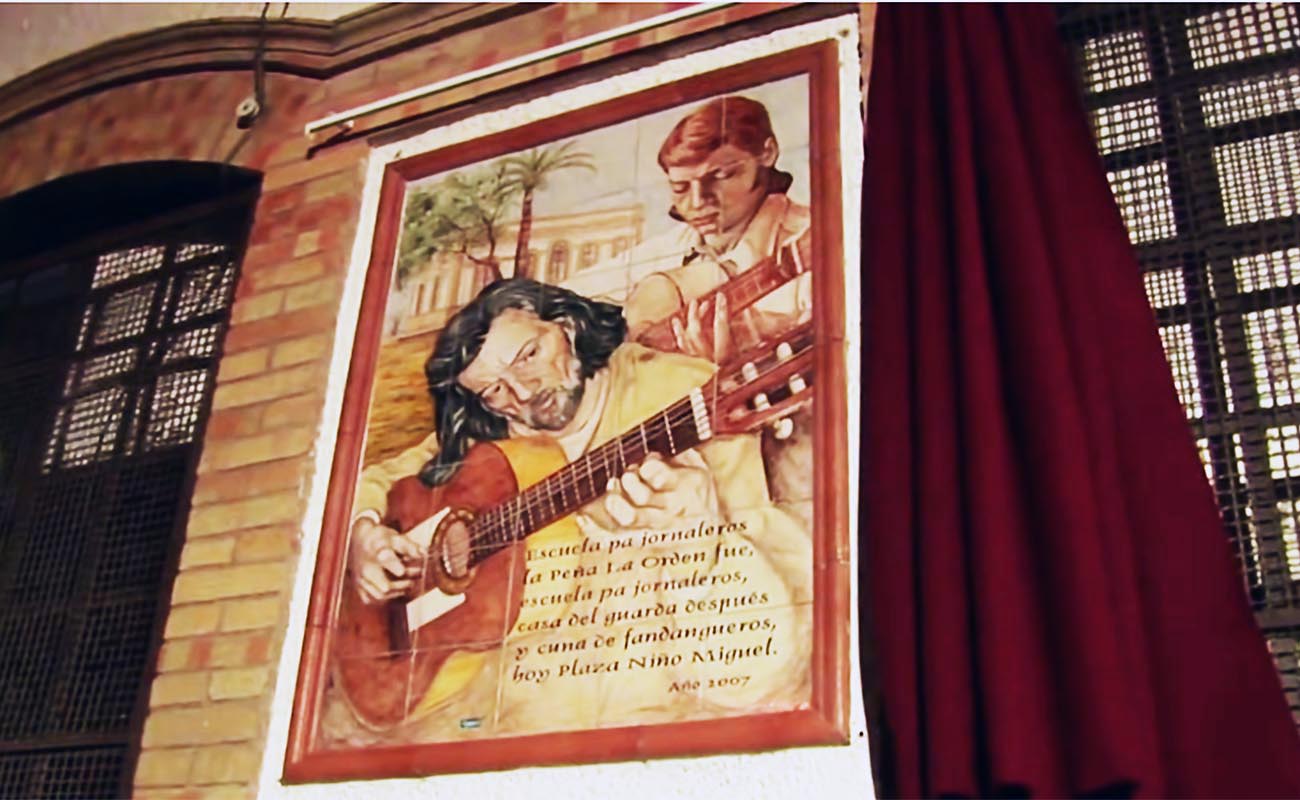Niño Miguel, a soul off-tune
In the nineteen-seventies, experts of the era said Miguel Vega de la Cruz, Niño Miguel, (Huelva, 1952 - same, 2013), would erase Paco de Lucía from the map. Paco himself declared that the musician from Huelva was one of the best flamenco guitarists of all time.

This month of February, 2024, the flamenco community once again feels the pain of 10 years ago on the 25th, when the unthinkable happened: the hands of the prodigy called Paco de Lucía, considered by most to be the greatest guitarist of all time and genres, were left lifeless.
In the nineteen-seventies, experts of the era said Miguel Vega de la Cruz, Niño Miguel, (Huelva, 1952 – same, 2013), would erase Paco de Lucía from the map. Paco himself declared that the musician from Huelva was one of the best flamenco guitarists of all time. I feel certain that Paco would have appreciated our remembering Niño Miguel at this moment.
I listen to Miguel’s beautiful Flamenco Waltz, Brisas de Huelva, and immediately feel transported. Much contemporary flamenco guitar seems superficial, rife with imitators of Paco. The heart-stopping picados, extended chords, impeccable execution, Paco’s sensational creativity, yes, all that and much more. However, Niño Miguel inhabited another musical landscape, another galaxy. Paco…disciplined, controlled, hardworking. Niño Miguel…anarchic, bohemian, melancholic.
These were times of change in the flamenco world. In just two years, from 1973 to 1975, three groundbreaking compositions emerged from three guitar geniuses: Paco de Lucía’s Entre dos Aguas, Manolo Sanlúcar’s Caballo Negro, and Niño Miguel’s Vals Flamenco marked the history of the genre and established the viability of instrumental flamenco which today holds great importance. Niño Miguel, the youngest of the three, earned a reputation that, due to various problems, he was not able to develop. He would spend decades lost – neither sought nor found, but forgotten – wandering the streets of his city.
Born to a family in Almeria, son of Miguel el Tomate, and uncle of Tomatito, he received the Honorary Award at the National Flamenco Guitar Competition of the venerable peña Los Cernícalos in Jerez. Niño Miguel recorded two albums with the support of Paco de Lucía. In 2005, the great guitarist and friend of Miguel, Juan Carlos Romero, pulled him together to give a surprising recital at the Joaquín Turina Hall in Seville which I was fortunate enough to attend and review. There was a powerful emotional charge. His deteriorated appearance, beyond the thirty years that had passed since his moment of fame, elicited a muted gasp of astonishment among those of a certain age who remembered him as an adolescent. Alone on stage without cajón, hand-clapping or exotic instruments, he took his seat and apologized mumbling something about not being well, and began to build beautiful mysterious sounds with an absolutely dynamic attack, owing much to Paco de Lucía, with hints of Sabicas through Paco, but with his own personality and original music, surprisingly fresh to our ears. You could see he had a close relationship with his instrument. He tuned on the fly like the most polished professional, and modulated between scales with ease. You would have expected worse technique, and certainly he didn’t play at the current level, nor far from it. Nor was it negligible considering the difficulty of the material. He shyly accepted the first enthusiastic applause.
The following day they called me from the Huelva radio station: “We saw your review… but does this guy really play so well?” asked the newsman, barely holding back his laughter. “We’re used to him here, he always goes down the street barefoot. Every city has its nut case, right? But does he really play well?” I replied yes, and that it was necessary to take care of him, get him off the street, and provide him with a decent guitar. I understand there were several well-intentioned attempts to get him better living conditions, medical attention, and also a guitar…which was soon lost or stolen from him in the street.
In 2007, we all cried that afternoon at Seville’s Teatro Central when Romero dedicated a piece to Niño Miguel, and the musicians played barefoot as a gesture of solidarity with that lost soul.





